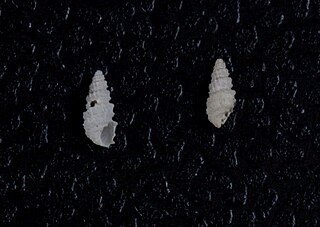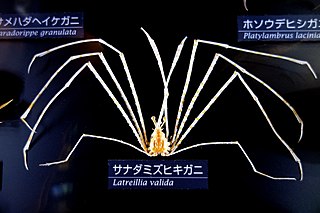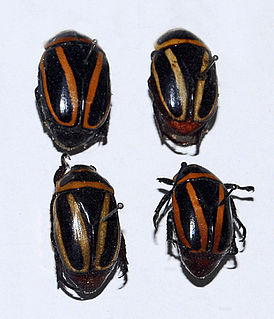
Anacamptis is a genus from the orchid family (Orchidaceae); it is often abbreviated as Ant in horticulture. This genus was established by Louis Claude Richard in 1817; the type species is the pyramidal orchid and it nowadays contains about one-third of the species placed in the "wastebin genus" Orchis before this was split up at the end of the 20th century, among them many that are of hybrid origin. The genus' scientific name is derived from the Greek word anakamptein, meaning "to bend backwards".

Rosellas are in a genus that consists of six species and nineteen subspecies. These colourful parrots from Australia are in the genus Platycercus. Platycercus means "broad-tailed" or "flat-tailed", reflecting a feature common to the rosellas and other members of the broad-tailed parrot tribe. Their diet is mainly seeds and fruit.

Caenorhabditis is a genus of nematodes which live in bacteria-rich environments like compost piles, decaying dead animals and rotting fruit. The name comes from Greek: caeno- ; rhabditis = rod-like. In 1900, Maupas initially named the species Rhabditis elegans, Osche placed it in the subgenus Caenorhabditis in 1952, and in 1955, Dougherty raised Caenorhabditis to the status of genus.

The chocolate wattled bat, species Chalinolobus morio, is a bat allied to the family Vespertilionidae. It is found only in Australia, including the island Tasmania, and widespread in southern regions. It is known to reside from sea level to at least 1,570 metres (5,150 ft) in Victoria.

The elegant water shrew is a species of mammal in the subfamily Soricinae of the family Soricidae. It is monotypic within the genus Nectogale. It lives in Sikkim and China.

The forest shrews are the members of the genus Sylvisorex. They are mammals in the family Soricidae and are found only in Africa. The genus name comes from the Latin world "silva" which means "forest" and "sorex", which means "shrew-mouse". This reflects the nature of these shrews, which prefer forest habitats. All shrews are carnivorous, and eat continually to satisfy their high metabolic rate.

Eudromia is a genus of birds in the tinamou family. This genus comprises two crested members of this South American family.

Chrysallida is a speciose genus of minute sea snails, pyramidellid gastropod mollusks or micromollusks in the family Pyramidellidae within the tribe Chrysallidini.
The Orto Botanico dell'Università di Camerino, also known as the Orto Botanico di Camerino, is a botanical garden operated by the University of Camerino, and located at Viale Oberdan 2, Camerino, Province of Macerata, Marche, Italy.

Otiorhynchus is a large genus of weevils in the family Curculionidae. Many species of the genus, particularly the black vine weevil and the strawberry root weevil, are important pests, both as larvae and as adults. Larvae feed on plant roots. Adults are flightless with fused elytra and feed at night on plant foliage. In many species of the genus at least some races are polyploid and parthenogenetic, while the rest of the races and species are diploid and bisexual. Otiorhynchus weevils, particularly O. scaber, have been a popular subject for studies of the evolution of parthenogenesis. The genus is native to the Palearctic region. However, sixteen species were inadvertently introduced to North America and have become widespread there.

Latreillia is a genus of crabs in the family Latreilliidae, comprising five species:
Bohemiatupus is an extinct genus of griffenfly in the family Meganeuridae and containing a single species Bohemiatupus elegans. The species is known only from the Late Carboniferous, Bolsovian stage, Kladno Formation near the village of Radnice in the Radnice Basin, Czech Republic.

Macraspis is a genus of beetles belonging to the Scarabaeidae family.
Allodahlia is a genus of earwigs in the family Forficulidae.
Fautaua Valley is a river valley on the island of Tahiti, in French Polynesia. It is located near the capital of Papeete. The Fautaua River flows through it, eventually cascading down the mountainside as the Fautaua Falls almost 300 metres (980 ft) into a shallow bathing pool called Loti Bain. The pool is named for the French writer Pierre Loti, who lived in the area for some time. It is the 28th-highest waterfall in the world. The falls are also known as Fachoda Falls, after Fort Fachoda, a ruined fort found at the top of the falls.














